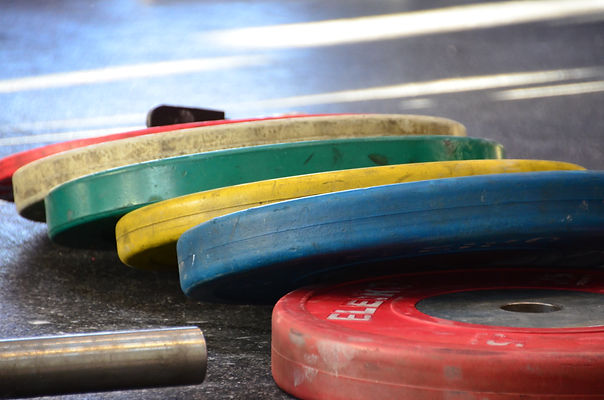Vertical Jump Exercise: How to Improve Your Ability to Fly
- Dave McDowell
- Sep 26, 2016
- 3 min read
Vertical jump might be the king of athletic movements.
Sport performance coaches use the vertical jump as a predictor of athletic performance. The vertical jump is also commonly referred to as the countermovement jump (CMJ). This test has been shown to correlate well to speed, and athleticism. If I could only perform one test to find the best athlete on the team I would probably choose the countermovement jump.
CMJ’s have also been used from a monitoring perspective in certain training programs with the measurement of them daily having some relationship to the nervous systems fatigue status.
As you can see, the CMJ is perhaps one of the most important athletic tests that can be performed. Not only is it an important testing movement, but it is also very important as a measurement of athletic performance. With this in mind it is important for the strength coach to understand the mechanisms and ways to train to have better CMJ performance and ultimately better athleticism in the athletes.
A recent study published in the Journal of Strength and Conditioning research evaluated the relationship between concentric and eccentric peak force during the squat and vertical jump performance. Concentric peak force refers to the maximum amount of force someone is able to create on the upwards phase of the squat, while eccentric peak force refers to the maximal amount of force they can create on the downwards phase. This study was performed on males aged 25 with previous strength training experience. Squat were performed on a squat machine by Exerbotics. Each subject performed 3 countermovement jumps which were measured by force plates for peak power, ground reaction forces and height.
The results showed a large correlation between squat eccentric (downward) force and CMJ peak power and height. Relative eccentric peak force also showed a strong correlation to the CMJ variables. This lead for the authors to conclude that because eccentric force has a strong predictive ability on jump height, coaches and athletes should include activities that train and enhance lower body eccentric strength. Perhaps improving athletes eccentric strength will translate to better jumping performance.
Some examples of exercises that could be utilized for lower body eccentric strength are:
Negative Squats
Weight Re-leaser Squats
Both of these exercises will overload the eccentric portion of the movement which may help to improve vertical jump performance.
To perform eccentric squats have an athlete load up a squat bar with greater than 100% of their 1RM (typically 105-110% of 1RM is used). The athlete will then lower the weight under control, then have equipment or other athletes help them raise the weight.
Weight re-leasers function in much the same way however they are designed to hang on the bar and release at the bottom portion of the movement. Load the weight re-leaser with 25-50% of the weight you will use for the exercise, lower the bar under control and finish the movement with the reduced weight.
Training your athletes to be eccentrically strong according to this study will help them improve their vertical jump performance. This is not without its problems however, I would caution coaches in performing these exercises too close to season, or during a season because of the large muscle damage and high fatigue that they can create. These movements would be best implemented during the early off season and development phases of the program. As with any programming variables and stimuli a progressive logical model must be followed.
Have you used eccentrics? or re-leasers? let me know in the comments below
Reference:
Bridgeman, LA. et al. (2016) Relationships Between Concentric and Eccentric Strength and Countermovement Jump Performance in Resistance Trained Men. J Str Cond Res. In Press.








Comments